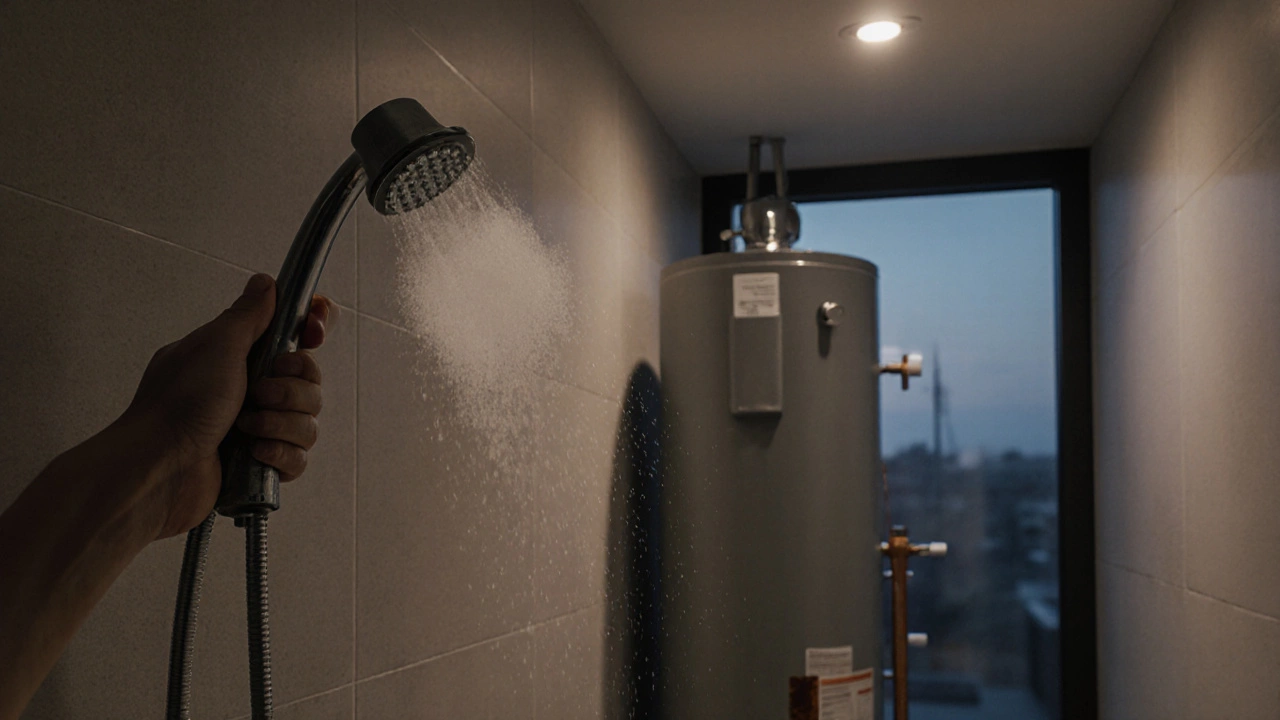
Discover the typical lifespan of different water heater types, factors that affect durability, warning signs, maintenance tips, and when to replace versus repair.
When talking about tank water heater life, the period a storage‑type water heater remains efficient and safe. Also called a storage water heater, it depends on many everyday factors. Nearby, a hot water heater, any unit that supplies heated water for home use shares similar wear patterns, while a boiler, a system that heats water for radiators and taps can affect overall energy costs. Understanding these links helps you spot problems early and decide if a fix or a replacement is smarter.
First, water quality is a big player – hard water leaves mineral buildup that cuts cooling efficiency. Second, thermostat settings matter; running at 140 °F (60 °C) instead of 120 °F (49 °C) speeds up wear on the heating element. Third, the frequency of use matters: a family of four that showers daily puts more cycles on the tank than a single person. Fourth, proper installation and venting keep the unit safe from carbon buildup, especially for gas‑fired models. Fifth, regular maintenance – flushing the tank once a year, checking the anode rod, and testing the pressure relief valve – can add 5‑10 years to the lifespan. These points create semantic triples such as:
When you line up these factors, you see a clear pattern: better water treatment, modest temperature, and yearly service all boost the years you get out of the tank.
Finally, keep an eye on warning signs. If you notice rusty water, strange noises, or a sudden drop in hot‑water supply, those are red flags that the anode rod may be gone or the heating element is failing. A leaking tank, especially at the bottom, usually means the internal lining has corroded – that’s often a sign to replace rather than repair. On the other hand, a tripped reset button or a faulty thermostat can be swapped for a fraction of a new unit’s cost. By weighing repair costs against the remaining useful life, you make a smarter financial decision. With these basics in mind, you’re ready to dive into the detailed guides below. They cover everything from diagnosing a non‑working heater to choosing between repair and replacement, giving you the practical know‑how to keep your hot water flowing for as long as possible.

Discover the typical lifespan of different water heater types, factors that affect durability, warning signs, maintenance tips, and when to replace versus repair.